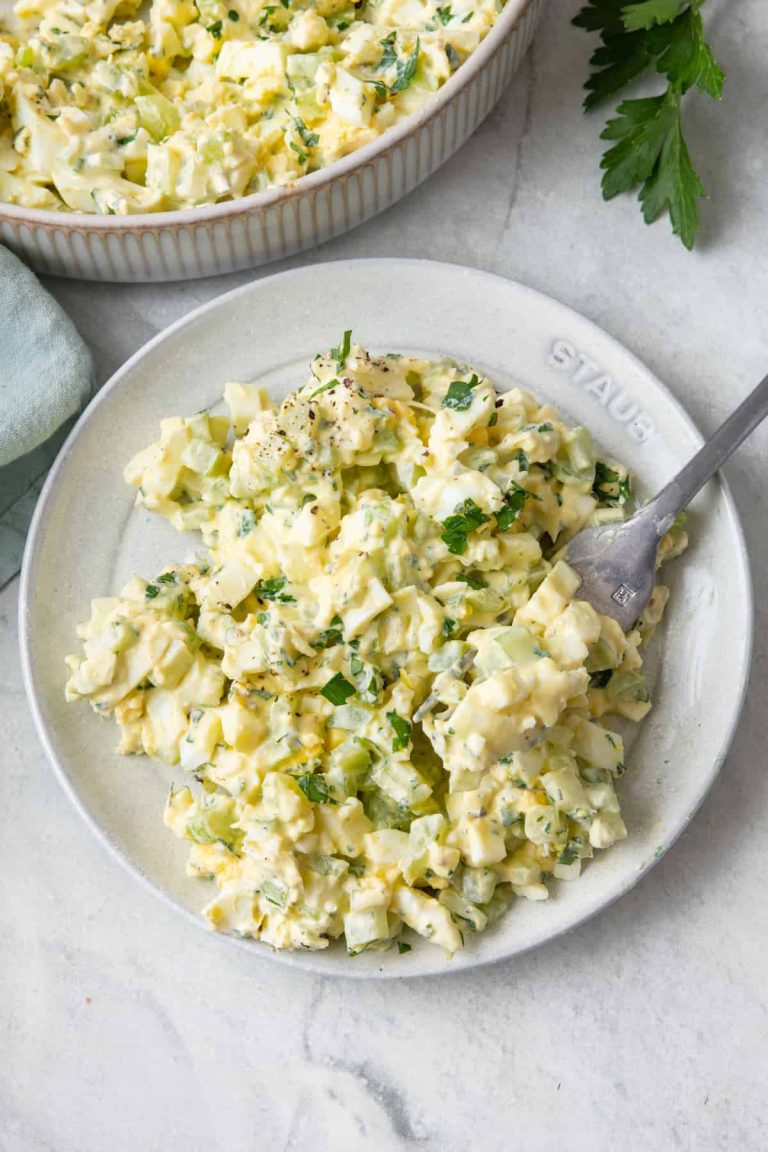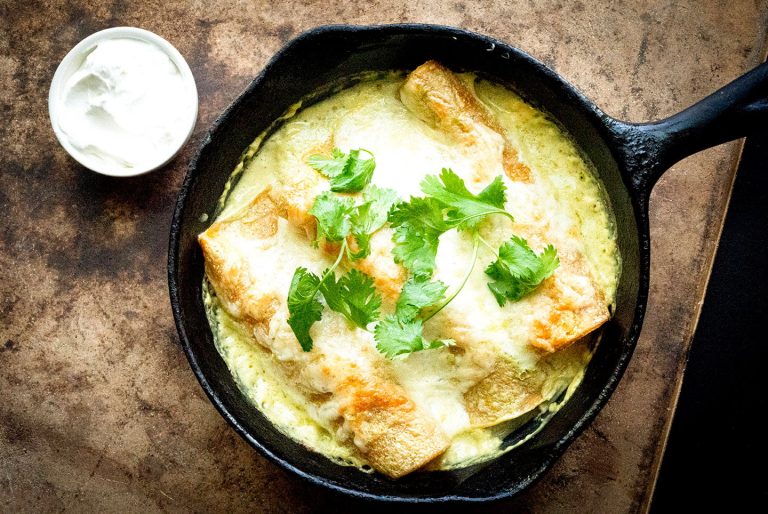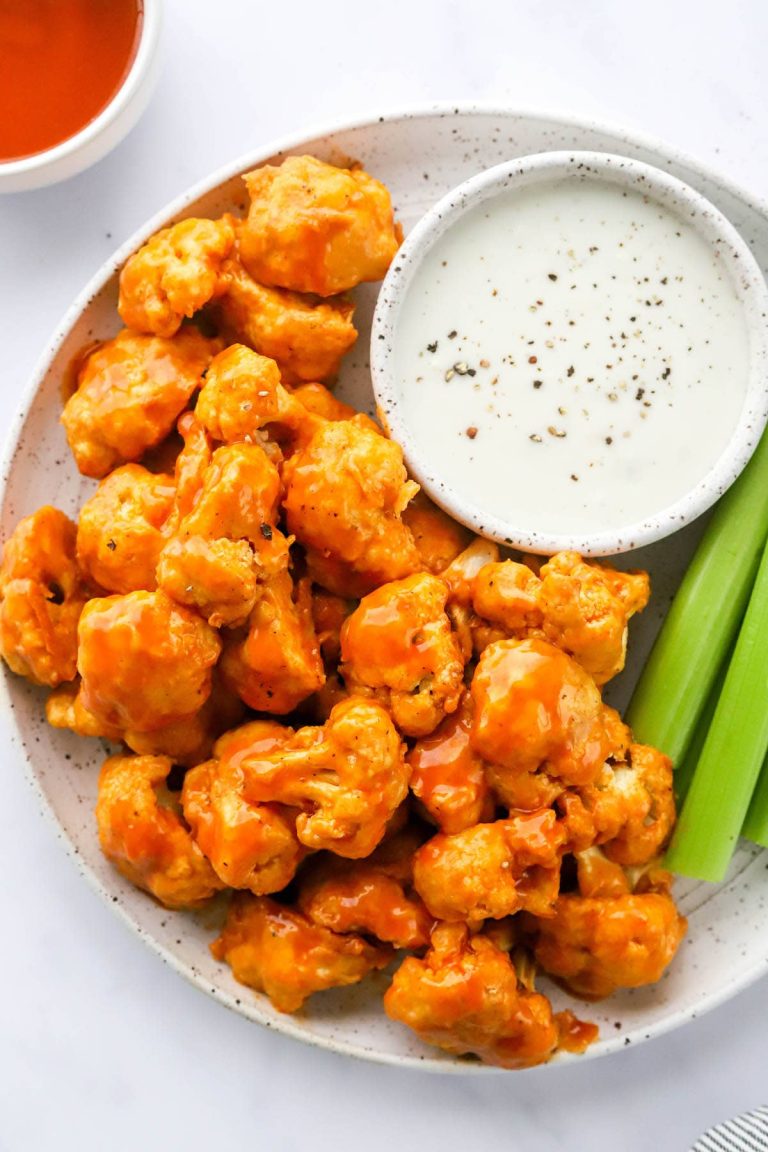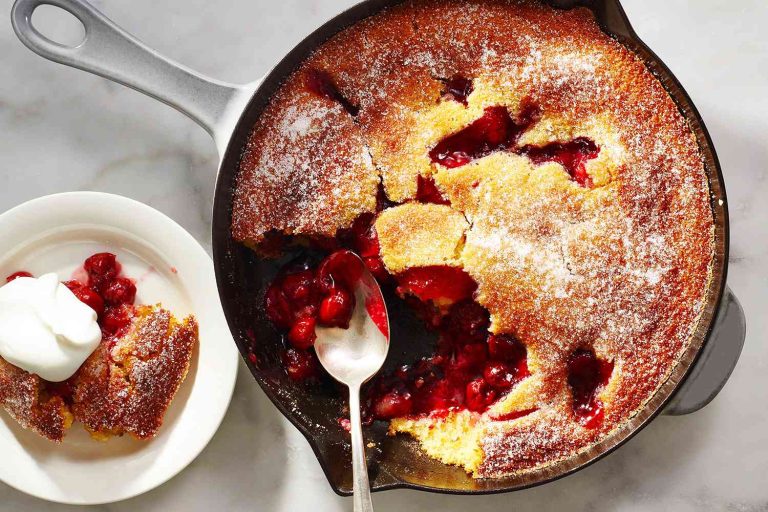Hawaan Bread: History, Recipes, and Delicious Serving Ideas
Hawaan Bread traces its roots back to ancient Yemen. This staple has been a cornerstone in Yemeni cuisine for centuries, known for its rich flavor and unique culinary characteristics. Baked traditionally in clay ovens, it’s often enjoyed with meals and valued for its distinctive texture. In Yemen, Hawaan Bread is more than food; it symbolizes hospitality and community. You can find it at family gatherings, social events, and religious celebrations, showcasing its deep cultural importance.
Evolution Over Time
Over the years, hawaan has evolved while retaining its essential qualities. Initially, the bread was handcrafted with basic ingredients like flour, water, and yeast. Today, variations include added spices and herbs, enhancing its flavor profile. Modern kitchens may utilize electric ovens instead of traditional clay ones, yet the core methods remain. This evolution respects the heritage while adapting to contemporary tastes and techniques. You might encounter regional variations across Yemen, each adding its unique spin to the classic recipe.
Key Ingredients in Hawaan Bread
Flour Types and Their Effects
The type of flour you choose significantly affects the texture and flavor of Hawaan Bread. Wheat flour is the most commonly used, providing a balanced structure and mild taste. Using whole wheat flour introduces a denser texture and deeper flavor due to the bran and germ content. For a lighter crumb, blend wheat flour with all-purpose flour. Some recipes incorporate semolina for added texture and nutty undertones by mixing it with wheat flour. Each flour type influences the final product’s chewiness and aroma.
Sweeteners and Flavor Enhancers
Sweeteners and flavor enhancers add distinct layers to Hawaan Bread. Honey or molasses typically serve as natural sweeteners, imparting a subtle sweetness and additional moisture. To elevate the bread’s flavor profile, you can include spices like cumin, coriander, or fenugreek seeds. Garlic and fresh herbs are sometimes added for aromatic complexity. Salt balances the overall taste by enhancing the nuances of other ingredients. Using different combinations of these elements can customize the bread to your specific preferences.
How to Make Hawaan Bread
Essential Tools and Equipment
To make Hawaan Bread, gather basic kitchen tools, such as measuring cups, mixing bowls, and a wooden spoon. Use a bread mixer if available for kneading the dough. A baking sheet or bread pan becomes essential during the baking process. Utilize parchment paper to prevent sticking and ensure even cooking. Use a kitchen scale for precise ingredient measurements.
- Mix Dry Ingredients: Combine 3 cups of all-purpose flour, 1 teaspoon of salt, and 2 teaspoons of yeast in a large mixing bowl.
- Add Wet Ingredients: Incorporate 1 cup of warm water, 2 tablespoons of honey, and 2 tablespoons of olive oil into the dry mixture.
- Knead the Dough: Knead the dough for 10 minutes until smooth and elastic. Use a bread mixer for efficiency, or knead by hand on a floured surface.
- First Rise: Place the dough in a greased bowl. Cover it with a damp cloth and let it rise for 1 hour in a warm area, until it doubles in size.
- Shape the Dough: Punch down the dough to release air. Shape it into a loaf or round boule. Transfer it to a baking sheet lined with parchment paper.
- Second Rise: Cover the shaped dough with a cloth for another 30 minutes to rise.
- Preheat Oven and Bake: Preheat the oven to 375°F (190°C). Bake the bread for 25-30 minutes until golden brown. The bread should sound hollow when tapped on the bottom.
- Cool the Bread: Remove the bread from the oven and let it cool on a wire rack for at least 20 minutes before slicing.
Follow these steps and use the essential tools to make traditional Hawaan Bread with optimal flavor and texture.
Popular Variations of Hawaan Bread
Regional Twists on the Traditional Recipe
Yemen offers diverse approaches to Hawaan Bread, each reflecting local tastes. In the coastal regions, people often incorporate seafood seasonings like dried shrimp powder. Mountain areas favor spiced versions, using ingredients like black cumin and coriander seeds. Southern regions introduce coconut milk for a richer flavor, while northern variants may include fenugreek and safflower petals.
Modern Adaptations
Contemporary chefs experiment with Hawaan Bread by integrating global ingredients. Some add quinoa or chia seeds for added nutrition. Vegan versions swap traditional dairy with plant-based alternatives like almond milk. For those seeking a gluten-free option, buckwheat or rice flour can replace wheat flour. Popular sweet variations include adding honey or dried fruits such as figs and dates.
Pairing and Serving Ideas
Best Complements for Hawaan Bread
Hawaan Bread pairs wonderfully with various dishes and spreads. Fresh labneh, a smooth and tangy yogurt cheese, enhances the bread’s subtle flavors. Olive oil with za’atar, a blend of herbs and sesame seeds, offers an earthy finish that complements the bread’s spices. Hummus, either classic or flavored with roasted red pepper, is another excellent choice. For a protein-packed option, try serving it with a bowl of ful medames, a hearty stew of fava beans and spices.
| Complement | Description |
|---|---|
| Labneh | Smooth and tangy yogurt cheese |
| Olive Oil with Za’atar | Earthy blend of herbs and sesame seeds |
| Hummus | Classic or roasted red pepper flavored |
| Ful Medames | Hearty fava bean stew |
Creative Serving Suggestions
Get creative with your Hawaan Bread servings. Slice the bread and use it as a base for delightful bruschetta topped with fresh tomatoes, basil, and balsamic drizzle. Try making mini pizzas using Hawaan Bread crusts, adding toppings like mozzarella, olives, and sun-dried tomatoes. For a healthy snack, serve the bread with a platter of fresh vegetables and a yogurt-based dip. If you prefer a sweet treat, pair the bread with honey, figs, or dates for a satisfying dessert option.
| Serving Suggestion | Description |
|---|---|
| Bruschetta | Topped with fresh tomatoes, basil, balsamic |
| Mini Pizzas | Add toppings like mozzarella, olives, sun-dried tomatoes |
| Healthy Snack | Serve with vegetables and yogurt dip |
| Sweet Treat | Pair with honey, figs, or dates |
Using these pairing and serving ideas, you can thoroughly enjoy Hawaan Bread at any meal.
Conclusion
Hawaan Bread isn’t just a culinary delight; it’s a cultural treasure that brings people together. By experimenting with different spices, herbs, and global ingredients, you can create your own unique version while honoring its rich heritage. Whether you’re enjoying it with traditional Yemeni dishes or exploring new pairings, Hawaan Bread offers endless possibilities. So roll up your sleeves and bring a piece of Yemen’s vibrant culture to your kitchen.





